Reading comprehension strategies are the focus of my first reading unit. Even though not all of these reading comprehension strategies are specifically mentioned in state standards, they’re still an essential component to reading instruction. It doesn’t matter how good of job we do teaching complex skills such as main idea and integrating information from multiple texts, students must first be able to understand what they are reading. I teach these reading comprehension strategies first, because students will rely on these strategies as we move into more challenging texts and skills.
Visualizing
I begin teaching reading comprehension strategies with visualizing. You can teach visualization by reading a mentor text with excellent use of sensory details. While I know that sensory details are taught to students as young as kindergarten, this is a great way to get students to think more deeply about sensory details and how the author uses those details. I like to have students explain how the author used the sensory details in the text, which supports their reading comprehension.
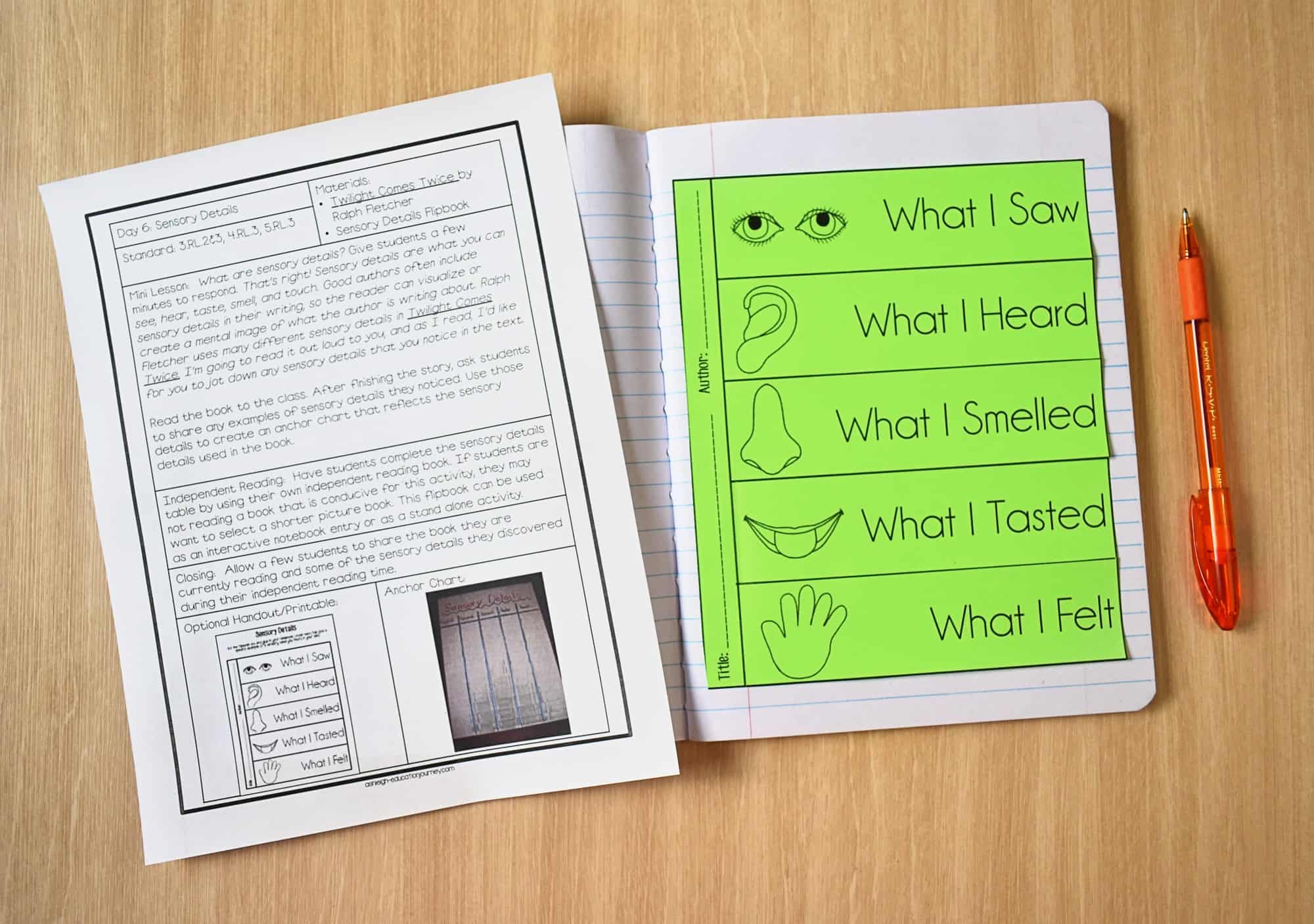
I also teach students to make mental images as they read. This allows students to “see” the setting and the action in the text, which is a needed reading comprehension strategy. I love tying this in to Ally in Fish in a Tree, because she’s constantly taking mind pictures.
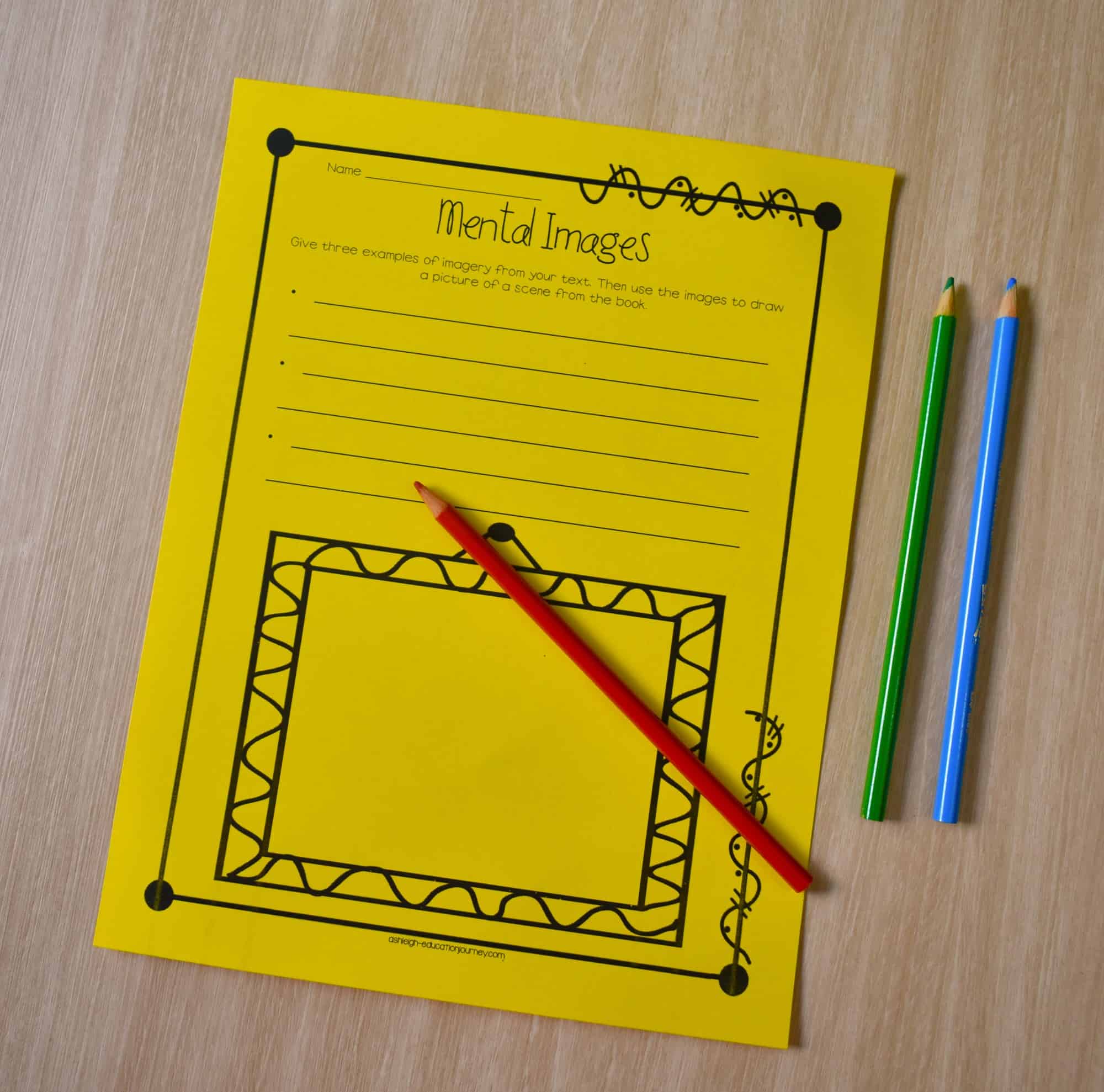
Don’t limit these reading comprehension strategy lessons to just fiction books, because it’s important for students to visualize in nonfiction as well as fiction texts. You can read an informational text where students can learn from the images AND text. Students then explain how the images enhance the text. Many students think the only purpose of pictures is to entertain, but that isn’t always the case. Sometimes we can learn through images.
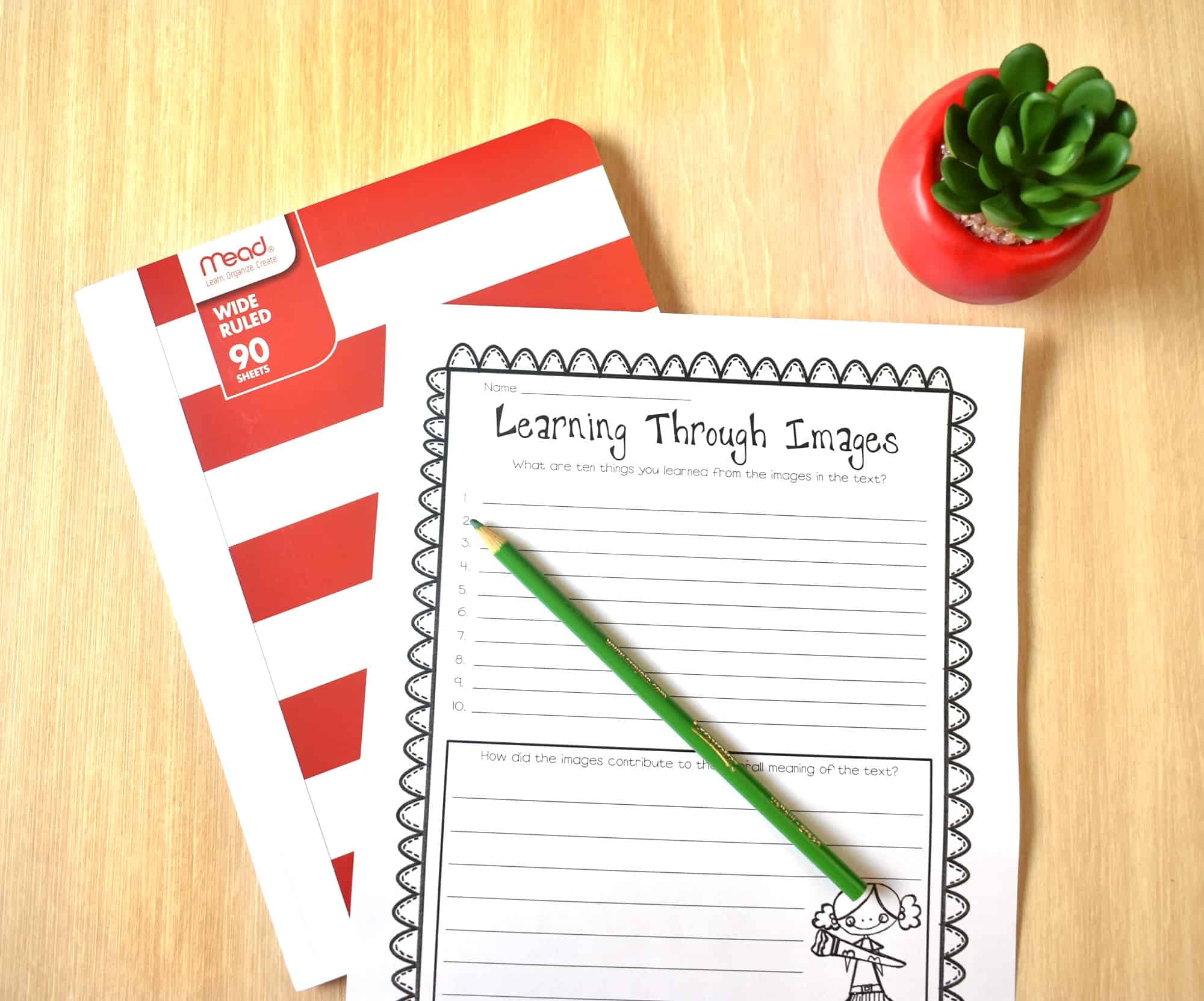
Reading Comprehension Strategies – Making Connections
After teaching visualizing, I teach students how to make connections as another reading comprehension strategy. Once this becomes natural for students, I don’t have them share their connections every time they read. Instead, it becomes such a natural part of reading that students don’t even realize they’re making connections. Students are much more likely to enjoy a book if they can make a connection with an event or character in the book. With each making connections lesson, read aloud books that I’m confident all of my students can connect to, such as My Rotten, Red-Headed, Older Brother.


Reading Comprehension Strategies: Questioning
The next step of teaching reading comprehension strategies is teaching different questioning strategies. I start with teaching students that good readers ask questions ask questions before, during, and after reading. Once again, this will eventually become a natural part of reading. I know that as an adult, I rarely formally ask myself questions. However, as I read I know when something doesn’t make sense, and I try to make sense of what I’m reading. I explain this to students, and I share examples of when I ask questions about what I’m reading.
 During the reading comprehension strategy lessons, I also teach question-answer relationships to students by teaching different types of questions. This is a big help for students, because they like knowing what is expected from them with each type of question. Once again, as this becomes more natural for students I won’t need to refer to these terms, but they’re a great starting place for students.
During the reading comprehension strategy lessons, I also teach question-answer relationships to students by teaching different types of questions. This is a big help for students, because they like knowing what is expected from them with each type of question. Once again, as this becomes more natural for students I won’t need to refer to these terms, but they’re a great starting place for students.
Right There
These are questions where the answers can be found in the text. Often the words used in the question are the same words found in the text.
Think and Search
These are questions where the answers are found in several parts of the text. You have to put together the pieces of information.
Author and You
These questions are based on information found in the text but you have to relate it to your own experiences. The answer does not lie directly in the text, but you must read it in order to answer the question.
On My Own
The answers to these questions are not in the text. You must use your own background knowledge.


For extra practice, I’ve written informational passages where students answer who, what, when, and where questions using the informational passage. I have students color code where they found their answers in the text to begin prepping students for using text evidence. I also give students practice answering think and search questions, where I’ve written passages that require students to find the answer to questions in multiple locations in the text for think and search questions.

Inferences Lessons
By this point, my students are ready for the all important making inferences lessons. I do not expect my students to master this during just one week of instruction. Instead, I like to give students a foundation to build upon, and then I revisit making inferences a little later in the year. I love beginning by have students make inferences from pictures, because this makes it a less intimidating for students, and it continues to require students to explain their answer. You can read more ideas for teaching more in-depth inferencing here.
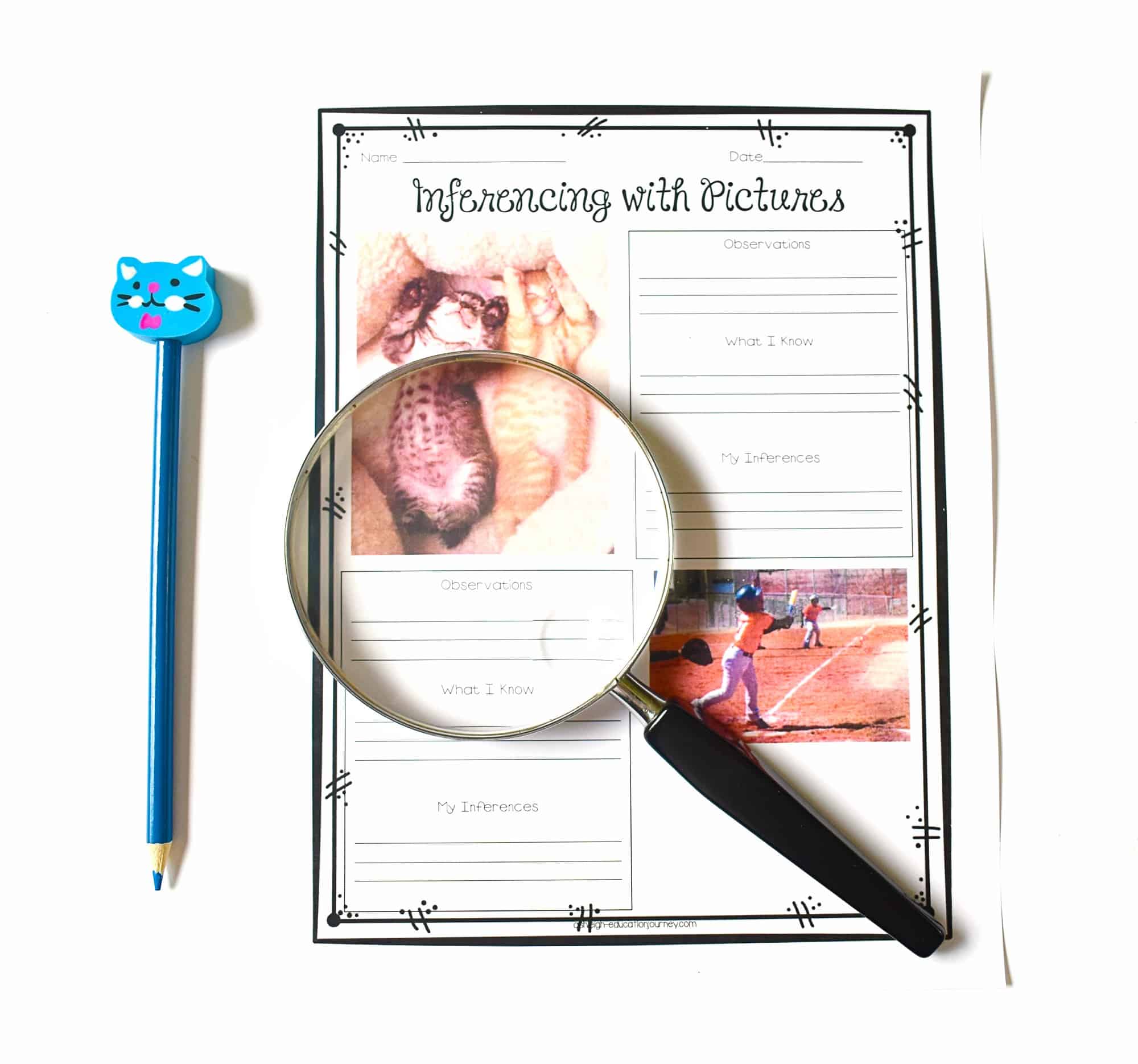
Throughout these reading comprehension strategy lessons, I continue to incorporate informational texts into each week of instruction. I love using One Tiny Turtle to teach an informational lesson making inferences. I’ve found that it’s important to separate observations from inferences. Many times students make an inference without realizing it. This is a great time to work some observation science lessons in to instruction!
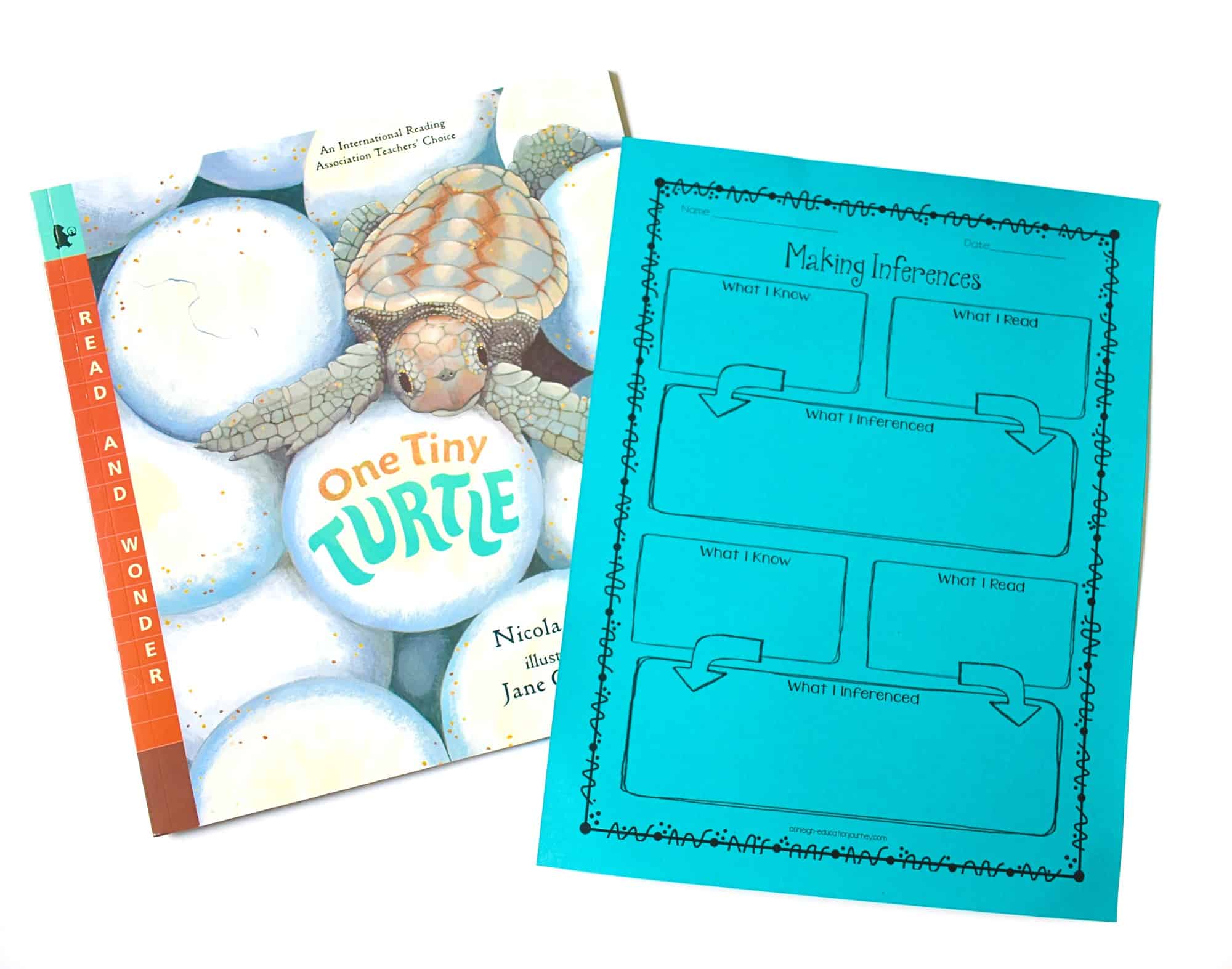
As I teach inferences, I also work with students on making predictions as they read. This ties in perfectly to making inferences and is a huge help in reading comprehension. I work with students to understand that their brain is constantly revising its predictions to adapt to new information and content. It’s not important if their prediction is “right” or “wrong”. It’s simply a comprehension tool that helps the brain understand what its reading.
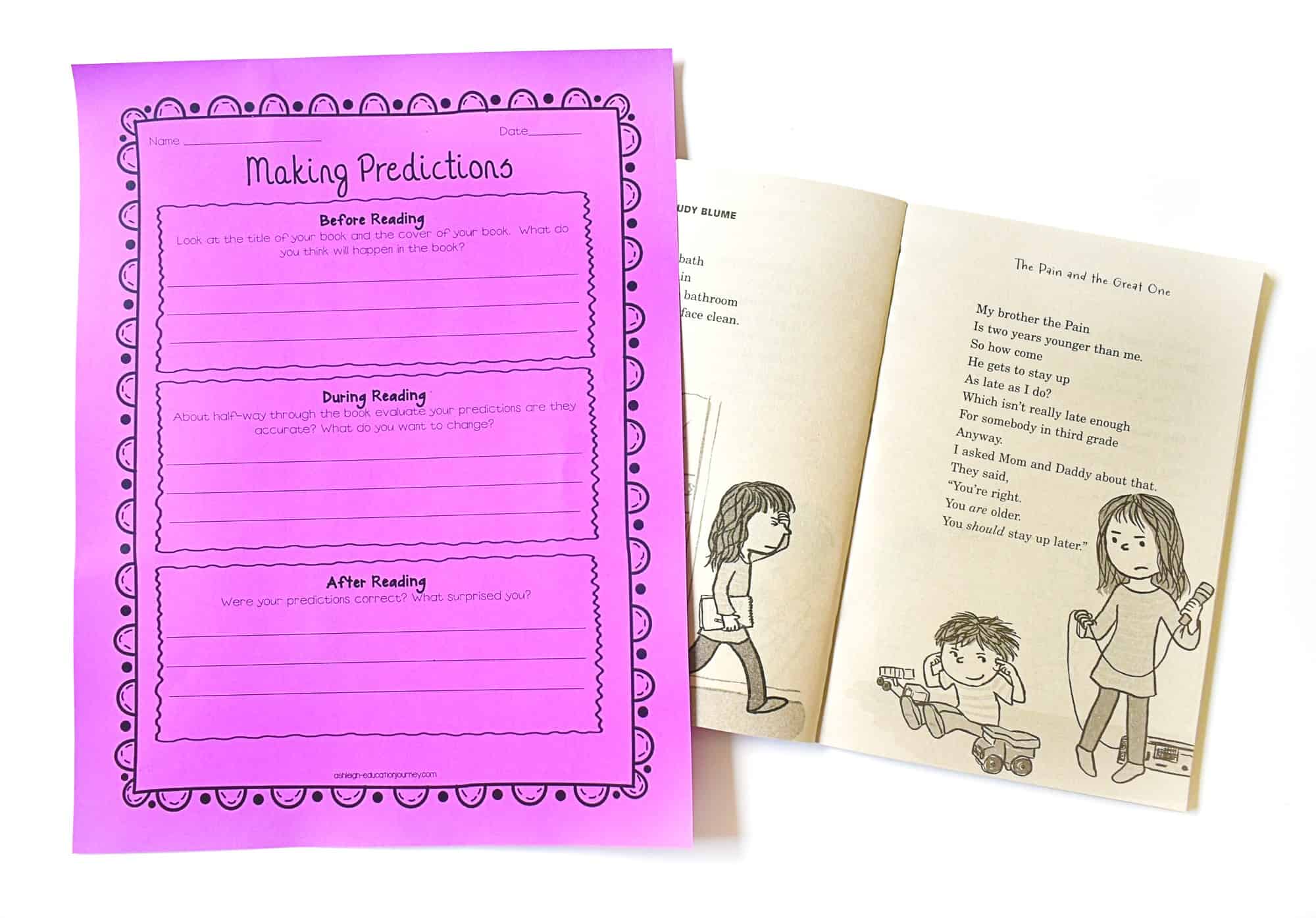
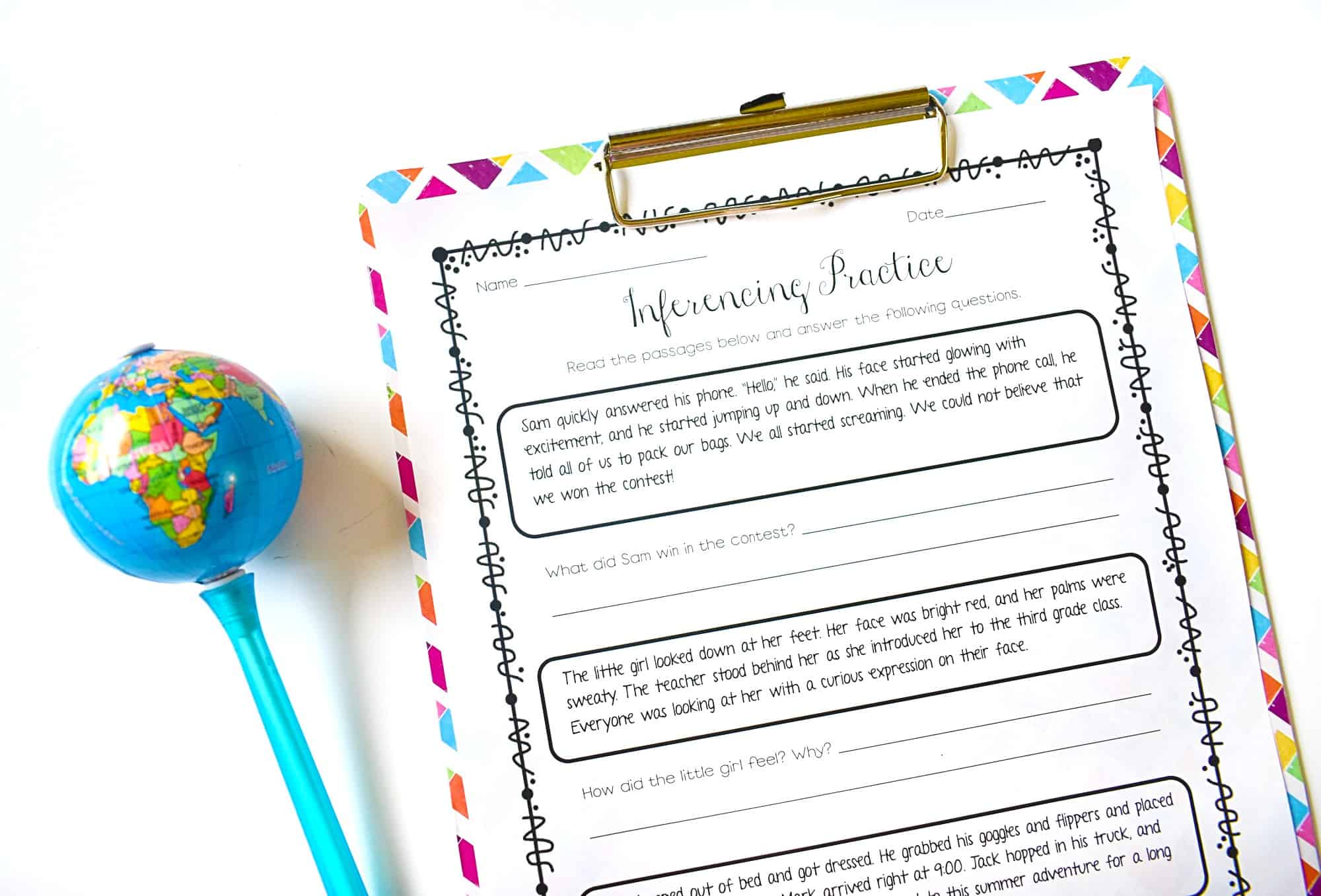
Teaching Comprehension Strategies: Summaries
As I teach reading comprehension strategies, I also teach students how to write fiction and informational summaries. I love using somebody, wanted, but, so then for fiction summaries. I’m not sure why or how, but this tool is so helpful for students. It prevents them from writing too much about one section of the text and/or omitting an important portion of the text. I also love the informational summary graphic organizer, and students will be able to apply that strategy in social studies and writing all year.
Comprehension Strategies – Predictions & Synthesizing
Making predictions is a major reading comprehension strategy. Students are typically good at making predictions when they begin a text. Their trouble is that they don’t slow down and refine their predictions as they read. Through modeling and reinforcement students should learn to continuously make predictions as they read.
Once I finish teaching reading comprehension strategies, I’m ready to move on to more complex reading instruction. I feel that these lessons are so powerful in helping students develop a love or reading a deeper level of reading comprehension. You can see each of the printables above here to aid you in teaching comprehension strategies. You can see a bigger overview of how I teach reading in this post.

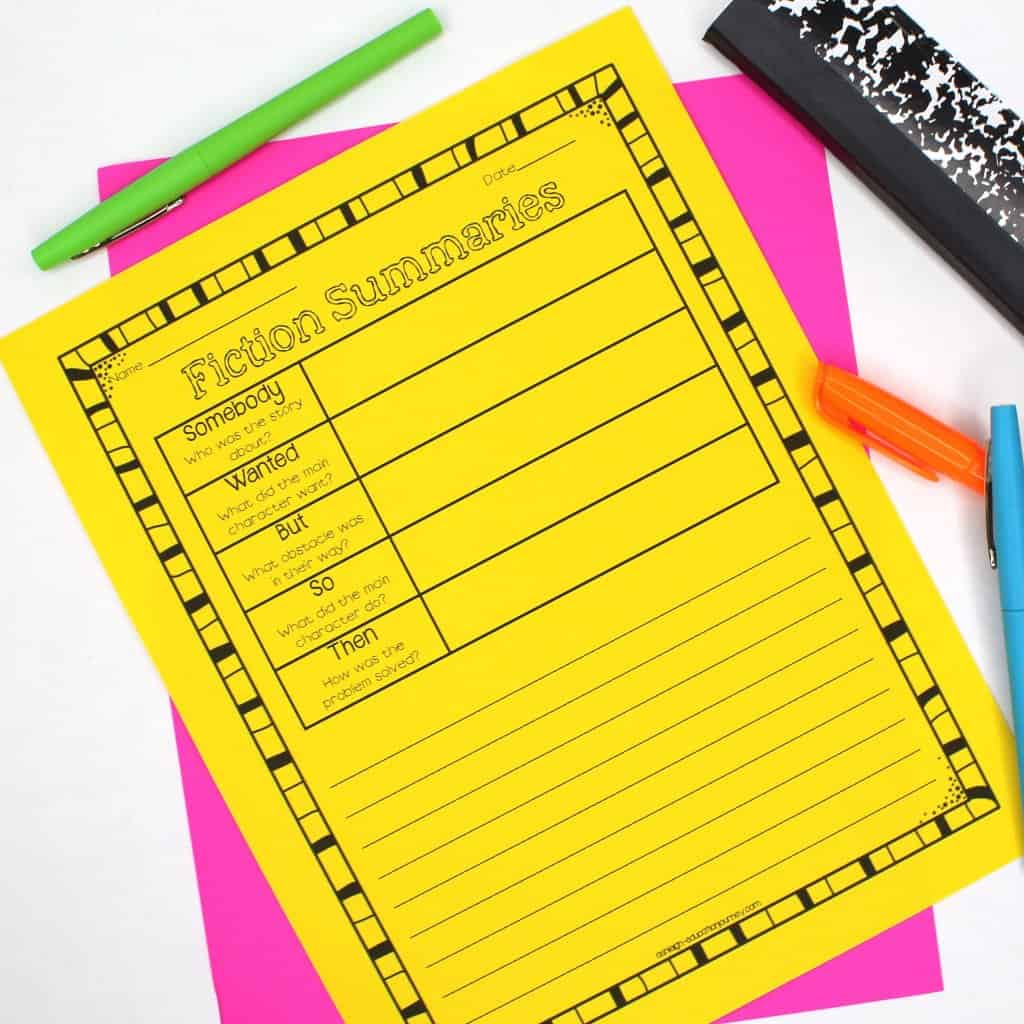
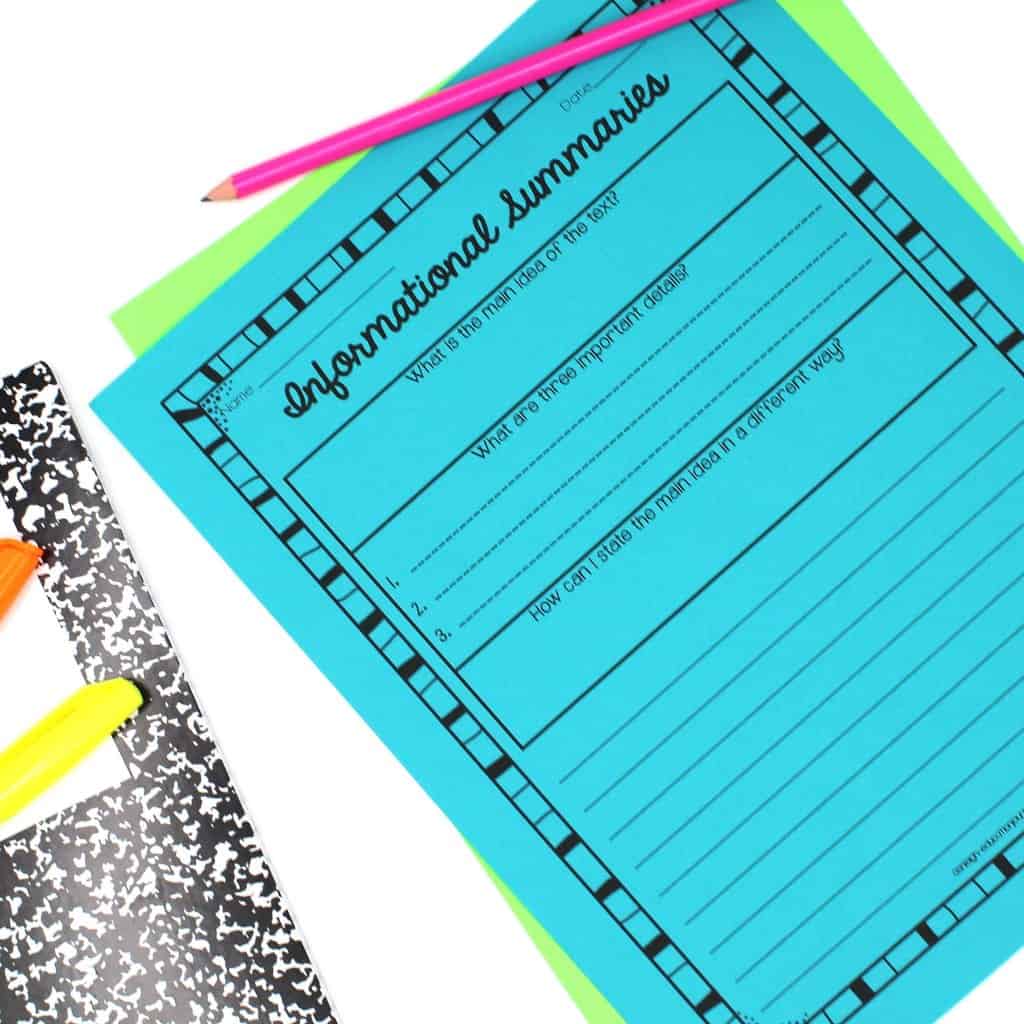




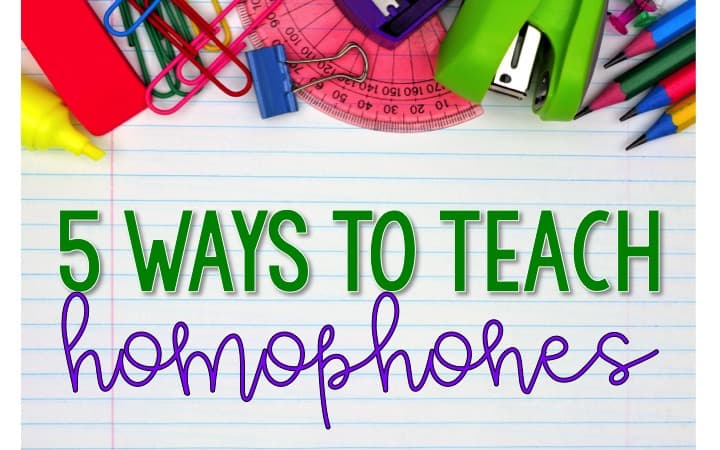
Where do I get these resources for connections and sensory image (visualizing)?
They’re all in my first reading unit!